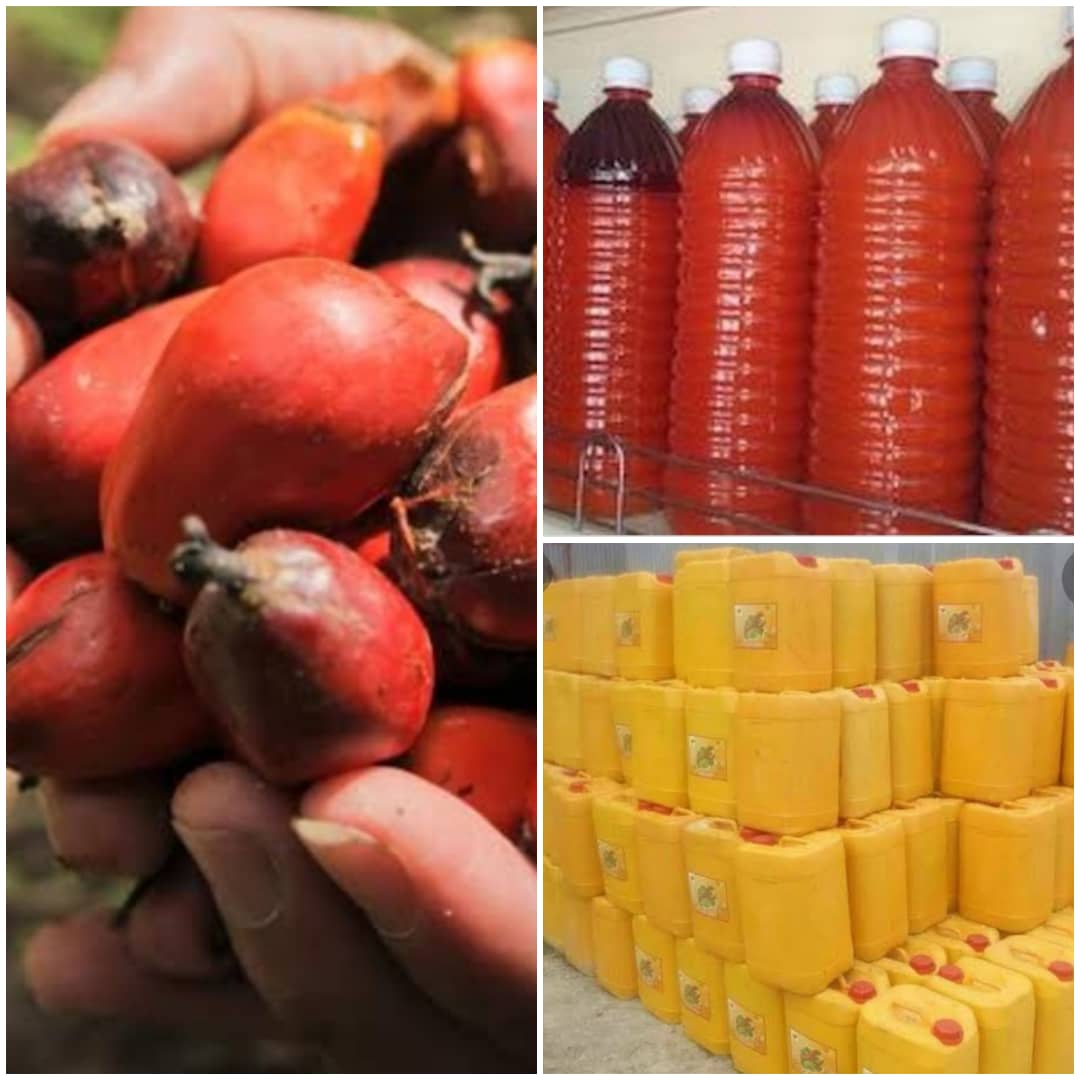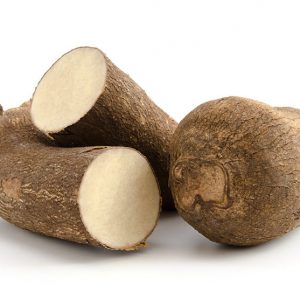Palm Oil
Palm oil is an edible vegetable oil derived from the mesocarp (reddish pulp) of the fruit of the oil palms. The oil is used in food manufacturing, in beauty products, and as biofuel. Palm oil accounted for about 33-40% of global oils produced from oil crops.
An oil palm stem, weighing about 10 kg (22 lb.), with some of its fruits picked
Palm oil is naturally reddish in color because of a high beta-carotene content. It is not to be confused with palm kernel oil derived from the kernel of the same fruit or coconut oil derived from the kernel of the coconut palm.
The oil palm produces bunches containing many fruits with the fleshy mesocarp enclosing a kernel that is covered by a very hard shell. The FAO considers palm oil (coming from the pulp) and palm kernels to be primary products. The oil extraction rate from a bunch varies from 17 to 27% for palm oil, and from 4 to 10% for palm kernels.
Product Name: Palm Oil
Botanical Name: Elaeis Quineensis
Tariff – HS Code: 1511-90
Local Productions: Approx 159,000 MTS/Yrly
Quality Standards
Fatty Acid Content Of Palm Oil (Present As Triglyceride Esters)
Type Of Fatty Acid Fraction
Myristic Saturated C14
1.0% Palmitic Saturated C16
43.5% Stearic Saturated C18
4.3% Oleic Monounsaturated C18:1
36.6% Linoleic Polyunsaturated C18:2
9.1% Other/Unknown
5.5% Black: Saturated
Grey: Monounsaturated
Blue: Polyunsaturated
Specifications
Free Fatty Acid (% As Palmitic) 0.10 Max
Colour (5 ¼” Lovibond Cell) 3.0 R Max
Moisture & Impurities (%) 0.10 Max
Iodine Value (Wijs Method) 50.0 Min
Cloud Point (°C) 33.0 – 39.0 Max
Slip Melting Point(°C)
Peroxide Value (Meq/kg)
Package
Plastic Containers, Barrels
Uses
Used In Food Such As The Making Of Pastry Dough And Baked Goods, Minor Ingredients In Milk, Biodiesel, Butter Substitute, And Many Other Products.



Reviews
There are no reviews yet.